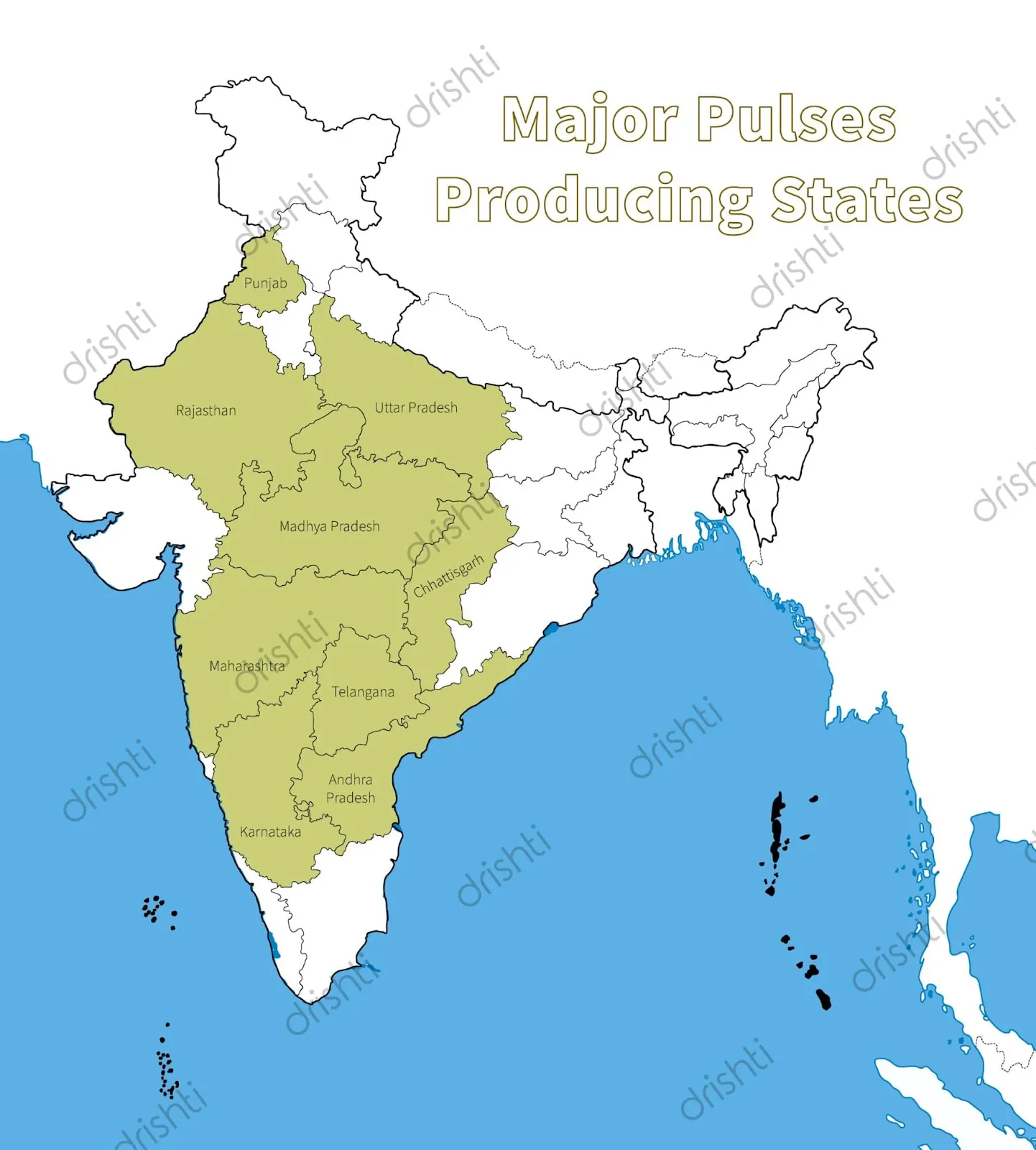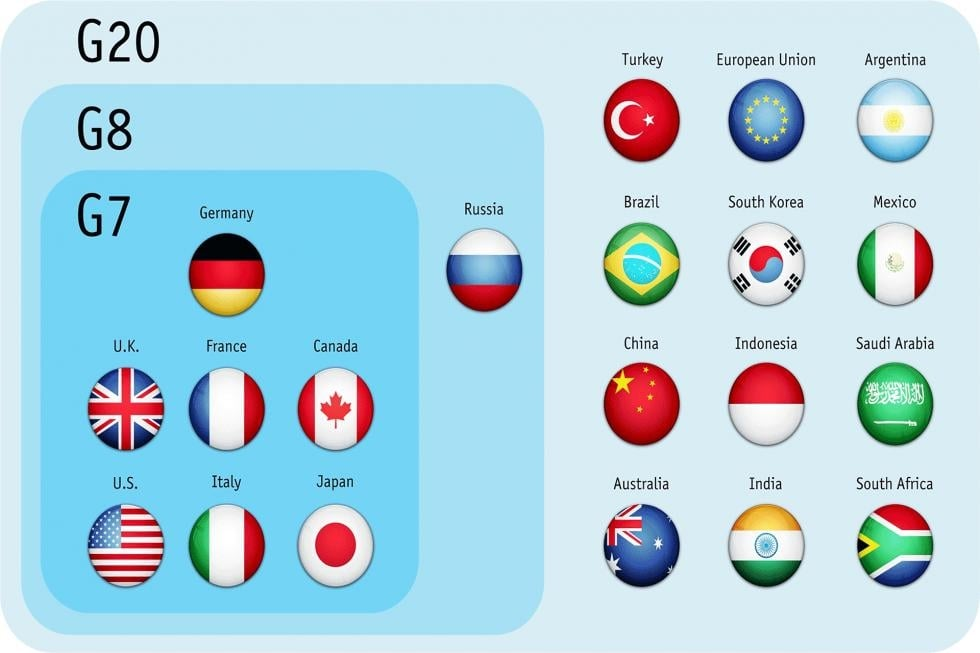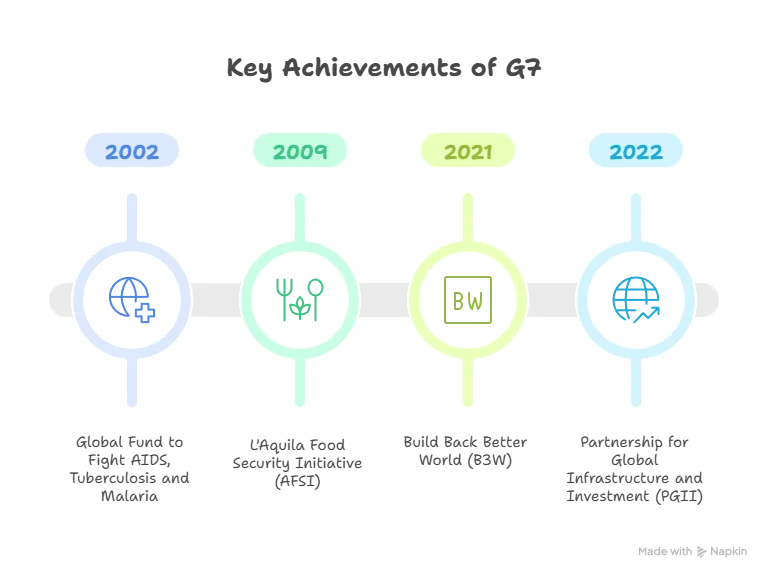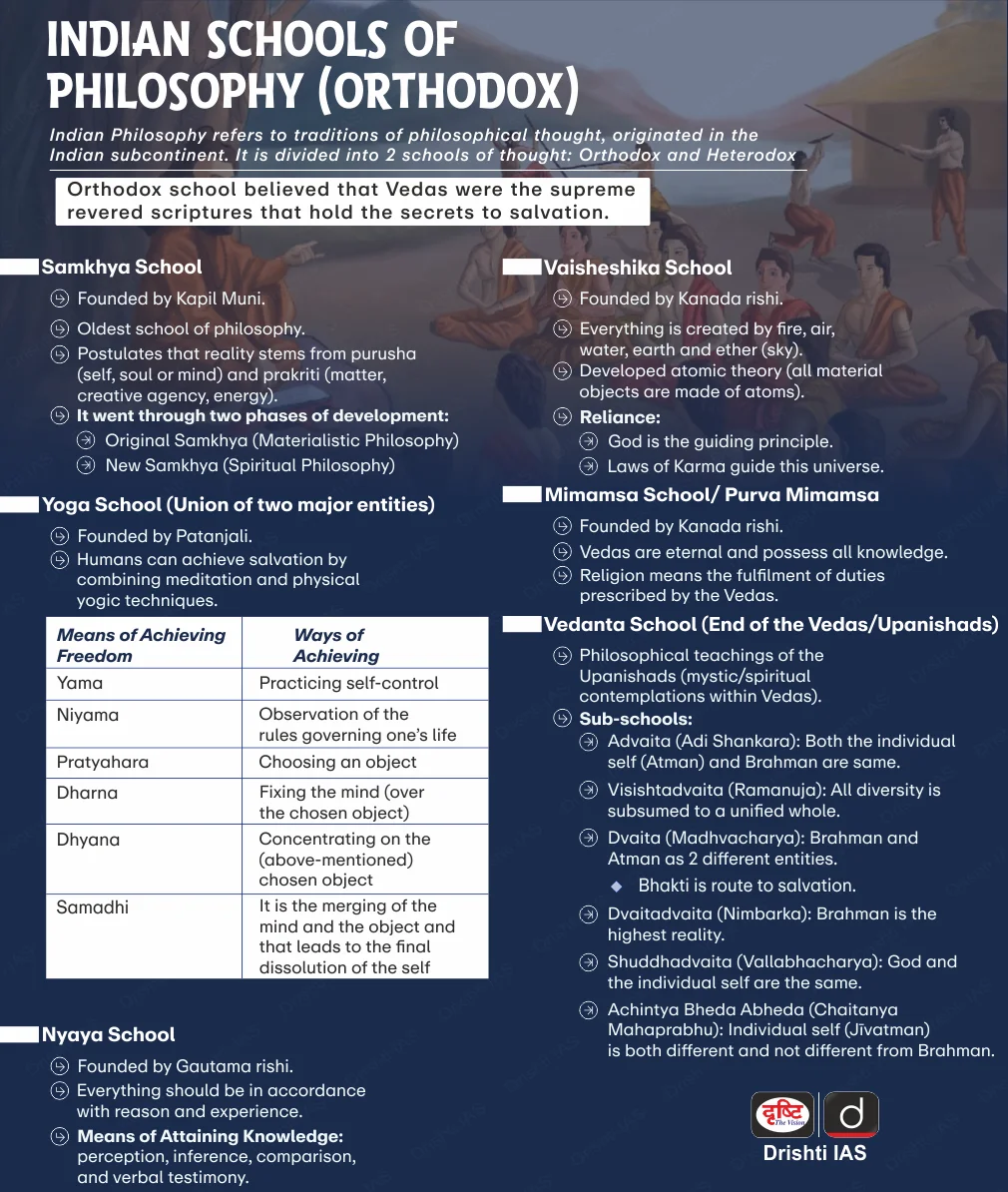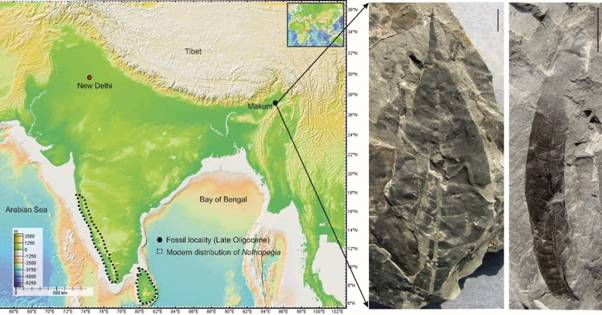Indian Economy
Achieving Self-Sufficiency in Pulses
For Prelims: Pulses, Minimum Support Price (MSP), El Niño, Mission for Self-reliance in Pulses, Pradhan Mantri Annadata Aay SanraksHan Abhiyan (PM-AASHA) Scheme, Soil Health Cards, PM-AASHA Scheme, Farmer Producer Organizations (FPOs), Krishi Vigyan Kendras (KVKs), Intercropping, Zero-till Farming.
For Mains: Trends in India’s pulses production and imports, Issues regarding India’s pulses production and import, Measures needed to achieve self-sufficiency in pulses.
Why in News?
Farmers are forced to sell pulses in the open market at low prices despite the government’s Minimum Support Price (MSP), due to inadequate procurement.
- This reflects a deeper crisis — Indian pulses farmers face neglect in MSP procurement while record imports flood the market, further depressing domestic prices.
What are Key Facts About Pulses?
- About: Pulses are edible seeds of leguminous plants, harvested solely for their dry grains, and belong to the Leguminosae (Fabaceae) family.
- Pulses are high in protein, fiber, and nutrients, low in fat, act as nitrogen-fixing crops that improve soil fertility, and have a long shelf life when dried.
- Climatic Conditions: Pulses require 20–27°C temperature, 25–60 cm rainfall, and sandy-loamy soil, and are cultivated year-round.
- Rabi Pulses (contribute over 60%): Gram (chickpea), Chana (Bengal gram), Masoor (lentil); they need mild cold for sowing, cold for growth, and warm for harvest.
- Kharif Pulses: Moong (green gram), Urad (black gram), Arhar (pigeon pea); they need a warm climate throughout their growth cycle.
- India’s Production Status: India is the largest producer (25%), consumer (27%), and importer (14%) of pulses globally. Top producing states are Madhya Pradesh, Maharashtra, Rajasthan, Uttar Pradesh, and Karnataka.
- Pulses cover 20% of food grain area but contribute only 7–10% of total production, with gram (40%) as the dominant crop, followed by Tur/Arhar (15–20%) and Urad/Black Matpe and Moong (8–10% each).
- India’s Pulses Import Status: In 2024-25, pulses imports hit an all-time high of 7.3 mt worth USD 5.5 billion in 2024-25, surpassing the 2016-17 record of 6.6 mt and USD 4.2 billion.
- The major sources of pulses for India were Canada, Russia, Australia, Mozambique, Tanzania, Myanmar, and the US.
- After 2017-18, imports had dipped to an average 2.6 mt (USD 1.7 billion), but El Niño-induced drought in 2023-24 reversed self-sufficiency, with production falling to 24.2 mt, and partly recovering to 25.2 mt in 2024-25.
What are the Key Reasons Behind Low Pulses Production in India?
- MSP & Policy Bias: Government MSP policies favor wheat and rice, while subsidies on water, electricity, and fertilizers promote water-intensive crops like paddy, causing farmers to shift away from pulses.
- Unlike rice and wheat, pulses procurement is inconsistent, further discouraging their cultivation.
- Climatic Vulnerabilities: Pulses are mostly grown in rain-fed areas, making them highly dependent on monsoon rains.
- They are less resilient to extreme weather than wheat and rice, and suffer frequent damage from droughts, unseasonal rains, and erratic monsoons.
- Low Productivity & Stagnant Yields: The average yield of pulses in India is 660 kg/ha, below the world average of 909 kg/ha, due to poor seed quality, lack of HYVs, and limited adoption of improved techniques.
- Research and development in pulses has seen slow growth compared to cereals like rice and wheat .
- Fragmented Farming: Most pulse farmers are small and marginal (owning <2 hectares), leading to low economies of scale and difficulty in investing in better seeds, irrigation, and fertilizers.
- Soil & Pest Challenges: Pulses, being high in proteins, amino acids, and micronutrients, are more prone to pest infestations and attract more pests and diseases than many other crops.
- They also face challenges like soil salinity, nutrient deficiencies, and limited use of crop protection technologies due to cost constraint.
What are India’s Initiatives to Boost Pulses Production?
What Measures are Needed to Achieve Self-Sufficiency in Pulses?
- Increase Productivity: Promote high-yielding, climate and disease-resistant varieties like pigeon pea hybrids and biofortified pulses (e.g., iron-rich lentils) for better yield and nutrition.
- Expand micro-irrigation (drip/sprinkler) in key pulse states (MP, Rajasthan, Maharashtra) and utilize rice fallow lands for post-kharif pulses.
- Encourage precision farming through soil health cards, sensor-based irrigation, and AI-driven pest management.
- Policy & MSP Reforms: Strengthen MSP procurement by ensuring timely purchase of pulses and expanding the PM-AASHA scheme to cover more farmers.
- Rebalance subsidies by reducing support for water-intensive crops (rice, sugarcane) to promote pulses, and encourage crop diversification from paddy-wheat monoculture to pulses and millets through incentives.
- Improve Storage: Expand modern warehousing, silos, and hermetic storage to reduce post-harvest losses of pulses (currently 5-10%) and strengthen processing infrastructure with support for mini dal mills, fortification, and packaging near farms.
- Promote direct market linkages by encouraging Farmer Producer Organizations (FPOs) to help farmers bypass middlemen.
- Boost Research & Extension Services: Increase R&D funding to develop short-duration, high-yield varieties like early-maturing moong for multiple cropping.
- Expand Krishi Vigyan Kendras (KVKs) to train farmers in intercropping (e.g., cotton and pulses), zero-till farming, and Integrated Pest Management (IPM).
- Buffer Stock Policy: Maintain a dynamic buffer stock of 2.5–3 million tonnes to cushion price shocks, and regulate imports by imposing tariffs in surplus years while allowing imports during shortages.
Conclusion
India’s pulses sector faces challenges of low MSP procurement, climate vulnerability, and rising imports, hurting farmers despite record production. To achieve self-sufficiency, policy reforms, better procurement, R&D in high-yield varieties, and storage infrastructure are crucial. Balancing imports with domestic incentives can stabilize prices, boost farmer incomes, and ensure food security.
|
Drishti Mains Question: "Despite being the largest producer of pulses, India remains heavily import-dependent." Discuss the key challenges in India’s pulses sector and suggest measures to achieve self-sufficiency. |
UPSC Civil Services Examination, Previous Year Question (PYQ)
Prelims
Q. With reference to pulse production in India, consider the following statements: (2020)
- Black gram can be cultivated as both kharif and rabi crop.
- Green gram alone accounts for nearly half of pulse production.
- In the last three decades, while the production of kharif pulses has increased, the production of rabi pulses has decreased.
Which of the statements given above is/are correct?
(a) 1 only
(b) 2 and 3 only
(c) 2 only
(d) 1, 2 and 3
Ans: (a)
Mains
Q. Explain various types of revolutions, took place in Agriculture after Independence in India. How have these revolutions helped in poverty alleviation and food security in India? (2017)


Governance
FRA Cells Setup to Facilitate Forest Right Act
For Prelims: Forest Rights Act (FRA), 2006, Forest-Dwellers, Minor Forest Produce (MFP), Forest (Conservation) Act 1980 (FCA)
For Mains: Significance & Challenges Related to District-Level Forest Rights Act (FRA) Cells, Forest Rights Act, Challenges and Measures.
Why in News?
The Union Ministry of Tribal Affairs has sanctioned the establishment of 324 district-level Forest Rights Act (FRA) cells across 18 States/UTs to facilitate the implementation of the Forest Rights Act (FRA), 2006, under the Dharti Aba Janjati Gram Utkarsh Abhiyaan (DAJGUA).
What are District-Level Forest Rights Act (FRA) Cells?
- About: District-level FRA Cells are administrative support units established under the DAJGUA scheme to facilitate the implementation of the Forest Rights Act (FRA), 2006.
- These cells are centrally funded via Grants-in-aid by the Union Ministry of Tribal Affairs.
- Objective: To assist tribal claimants and Gram Sabhas in preparing and submitting forest rights claims, especially in tribal-dominated districts, aiming to reduce delays and rejections by improving documentation, field facilitation, and data management.
- Legal Basis: These cells operate under DAJGUA guidelines, not the FRA Act itself.
- Key Functions:
- Facilitate demarcation of vested forest land and conversion of forest habitations and un-surveyed villages into revenue villages.
- Support digitisation and timely uploading of FRA records to State and Central portals.
- Coordinate with State Tribal Welfare Departments, local administration, and Gram Sabhas to streamline FRA processes.
- Key Concerns Related to New FRA Cells:
- Creation of FRA Cells might lead to the formation of a parallel system outside the Forest Rights Act’s statutory framework, resulting in confusion regarding roles and responsibilities.
- There is a risk that FRA Cells may overlap with existing statutory bodies like Gram Sabha Forest Rights Committees (FRCs), Sub-Divisional Level Committees (SDLCs), District Level Committees (DLCs) and State Monitoring Committees in roles such as claimant assistance, documentation, coordination, and record-keeping leading to confusion about responsibilities and hinder smooth implementation.
- Structural issues like irregular meetings of SDLCs and DLCs and delays by Forest Departments in implementing approved claims are unlikely to be resolved by the new FRA Cells alone.
What is the Forest Rights Act (FRA), 2006?
- About: The Scheduled Tribes and Other Traditional Forest Dwellers (Recognition of Forest Rights) Act, 2006 or Forest Rights Act (FRA), seeks to correct historical injustices faced by forest-dwelling Scheduled Tribes (STs) and Other Traditional Forest Dwellers (OTFDs) who lacked legal ownership over forest land and resources.
- Objectives: To vest forest land rights in eligible forest-dwelling communities, ensuring livelihood security, community-based forest governance, and legal protection against evictions.
- Key Provisions:
- Ownership Rights: Grants ownership over Minor Forest Produce (MFP). Allows collection, use, and disposal of forest produce.
- MFP refers to all non-timber forest products of plant origin, including bamboo, brushwood, stumps, and canes.
- Community Rights: Includes traditional usage rights such as Nistar (a type of Community Forest Resource).
- Habitat Rights: Protects the rights of primitive tribal groups and pre-agricultural communities to their traditional habitats.
- Community Forest Resource (CFR): Enables communities to protect, regenerate, and sustainably manage forest resources they have traditionally conserved.
- The Act facilitates the diversion of forest land for public welfare projects managed by the government, subject to Gram Sabha approval.
- Ownership Rights: Grants ownership over Minor Forest Produce (MFP). Allows collection, use, and disposal of forest produce.
- Decentralised Framework: FRA follows a bottom-up governance model, empowering the Gram Sabha to initiate and verify claims.
- Forest Rights Committees (FRCs) are formed by the Gram Sabha to process claims at the village level.
- These claims are reviewed by Sub-Divisional Level Committees (SDLCs) and approved by District Level Committees (DLCs). State Monitoring Committees oversee overall implementation.
What is the Significance of the Forest Rights Act (FRA), 2006?
- Recognition of Historical Rights: FRA, 2006 corrects historical injustice by legally recognizing the individual rights (up to 4 hectares for eligible STs and OTFDs) and community rights (grazing, fishing, minor forest produce, water bodies, etc.) of Scheduled Tribes (STs) and Other Traditional Forest Dwellers (OTFDs) over forest land and resources, overlooked under colonial and post-colonial forest laws.
- It also recognizes habitat rights of PVTGs and seasonal access for nomadic groups.
- Empowerment through Decentralized Governance: The Act empowers the Gram Sabha to verify claims, manage Community Forest Resources (CFRs), conserve biodiversity, and oversee sustainable forest governance, promoting decentralized, participatory decision-making.
- Protection from Eviction and Right to Development: Along with the Land Acquisition Act, 2013, it safeguards forest dwellers from eviction without rehabilitation, and permits allocation of forest land for essential community infrastructure like education, health, and housing.
- Inclusive and Sustainable Conservation: Assigns responsibility to rights holders and Gram Sabhas for conservation of forests, wildlife, water sources, and ecological zones, blending traditional knowledge with sustainable use, especially for PVTGs and vulnerable forest communities.
|
More on Forest Rights Act, 2006 What are the Key Challenges Related to Implementation of the Forest Rights Act, 2006?Click to Read: Key Challenges Related to Implementation of the FRA 2006 What Steps Should be Taken for Strengthening Forest Rights Act Implementation?Click to Read: Steps for Strengthening Forest Rights Act Implementation |
|
Drishti Mains Question: Discuss the legal and administrative implications of creating FRA Cells under a Central scheme when the Forest Rights Act, 2006 mandates State-led implementation. |
UPSC Civil Services Examination Previous Year Question (PYQ)
Prelims
Q. At the national level, which ministry is the nodal agency to ensure effective implementation of the Scheduled Tribes and Other Traditional Forest Dwellers (Recognition of Forest Rights) Act, 2006?
(a) Ministry of Environment, Forest and Climate Change
(b) Ministry of Panchayati Raj
(c) Ministry of Rural Development
(d) Ministry of Tribal Affairs
Ans: (d)
Q. Consider the following statements: (2019)
- As per recent amendment to the Indian Forest Act, 1927, forest dwellers have the right to fell the bamboos grown on forest areas.
- As per the Scheduled Tribes and Other Traditional Forest Dwellers (Recognition of Forest Rights) Act, 2006, bamboo is a minor forest produce.
- The Scheduled Tribes and Other Traditional Forest Dwellers (Recognition of Forest Rights) Act, 2006 allows ownership of minor forest produce to forest dwellers.
Which of the statements given above is/are correct?
(a) 1 and 2 only
(b) 2 and 3 only
(c) 3 only
(d) 1, 2 and 3
Ans: (b)


Important Facts For Prelims
51st G7 Summit
Why in News?
India’s Prime Minister attended the 51st G7 Summit at Kananaskis, Canada. Though India is not a part of the G7 grouping, it has been invited for the global summit each year for the last six years and twelve times in total as an outreach country.
- The President of the European Commission was invited to attend the G7 Summit for the first time.
What are the Key Outcomes of the G7 Summit?
- Kananaskis Wildfire Charter: It commits to addressing wildfire threats through science-based, local actions and nature-based solutions, aligning with the goal to halt and reverse deforestation and land degradation by 2030 under the Glasgow Leaders' Declaration (2021).
- G7 Critical Minerals Action Plan: It focuses on diversifying critical mineral production, boosting investment and local value creation, and promoting innovation, building on the 2023 Five-Point Plan for Critical Minerals Security (also endorsed by India).
- The G7 also committed to strengthening the World Bank-led Resilient and Inclusive Supply Chain Enhancement (RISE) Partnership.
- Condemned Transnational Repression (TNR): The G7 condemned Transnational Repression (TNR), which refers to aggressive foreign interference where states or their proxies seek to intimidate, harass, harm, or coerce individuals or communities beyond their own borders.
- Prevent Migrant Smuggling: G7 committed to preventing migrant smuggling through the G7 Coalition to Prevent and Counter the Smuggling of Migrants and the 2024 G7 Action Plan targeting this issue.
What is G7?
- About: The G7 (Group of Seven) is an informal forum of the world’s most advanced economies — France, Germany, Italy, the UK, Japan, the US, and Canada.
- The European Union (EU) participates as a non-enumerated member, with leaders from the International Monetary Fund (IMF), World Bank, and United Nations (UN) often invited to its meetings.
- Origin & Evolution: The G7 was formed in 1975 as the G6 (US, UK, France, West Germany, Japan, Italy) in response to the 1973 oil crisis and financial turmoil, with Canada joining in 1976 to make it G7. The year 2025 marked the 50th anniversary of the G7.
- It became G8 in 1997 with the inclusion of Russia, but reverted to G7 in 2014 after Russia’s expulsion over the annexation of Crimea.
- Nature of G7:
- Informal grouping: No formal treaty, no permanent secretariat or bureaucracy.
- Rotating Presidency: Each member hosts and leads discussions in turn.
- Decisions by consensus: No binding laws (no legislative authority), but significant global influence due to members’ economic and political strength.
- Economic Significance:
- 40% of the global economy and 10% of the world's population live in G7 countries.
- 36% of global power generation capacity.
- 30% of global energy demand.
- 25% of global energy-related carbon dioxide (C02) emissions.
- Key Achievements:
UPSC Civil Services Examination, Previous Year Questions (PYQs)
Q. In which one of the following groups are all the four countries members of G20? (2020)
(a) Argentina, Mexico, South Africa and Turkey
(b) Australia, Canada, Malaysia and New Zealand
(c) Brazil, Iran, Saudi Arabia and Vietnam
(d) Indonesia, Japan, Singapore and South Korea
Ans: (a)


Important Facts For Prelims
11th International Yoga Day 2025
Why in News?
The 11th International Yoga Day (IYD) is celebrated worldwide on 21st June with the theme ‘Yoga for One Earth, One Health’.
What is International Yoga Day?
- About: International Yoga Day, celebrated to raise awareness about yoga’s benefits for health, well-being, and peace.
- Its objectives are to promote physical, mental, and spiritual health, spread awareness of yoga as a gift of ancient Indian tradition, and encourage global harmony and peace through its practice.
- Origin & UN Declaration: It was proposed by India at the 69th UN General Assembly (2014), leading to declaration of 21st June as International Day of Yoga (IDY).
- The first IDY was celebrated in 2015 with the theme "Yoga for Harmony and Peace".
- Significance of 21st June: International Yoga Day on 21st June coincides with the Summer Solstice — the longest day in the Northern Hemisphere — when the sun’s rays fall directly on the Tropic of Cancer, bringing maximum daylight and marking a transition to spiritual awakening in yogic traditions.
- Global Recognition: UNESCO inscribed Yoga as an Intangible Cultural Heritage of Humanity in 2016.
- The World Health Organization (WHO) recognizes Yoga as a tool for mental and physical well-being, combating non-communicable diseases (NCDs), and included it in its Global Action Plan (2018–30).
- In 2015, India’s Ministry of Youth Affairs & Sports classified Yoga as a ‘Priority’ sports discipline.
What is Yoga?
- About: Yoga, derived from Sanskrit "Yuj" (to unite), symbolizes mind-body harmony.
- It traces its roots to the Indus Valley Civilization through seals (yogic posture on Pashupati seal) and fossils, is mentioned in the Vedas, and was systematically compiled in Patanjali’s Yogasutra (2nd century BC).
- Yoga is one of the six orthodox schools of Indian philosophy (along with Nyaya, Vaisheshika, Sankhya, Mimamsa, Vedanta).
- Modern Relevance: Yoga promotes holistic health by enhancing physical flexibility, mental clarity, and stress relief; it was used for Covid-19 psycho-social rehabilitation, and is globally popular in forms like Hatha, Ashtanga, and Iyengar.
- India’s Initiatives Related to Yoga: M-Yoga App, Vocational Education Courses in Yoga, Part of Fit India Movement.
UPSC Civil Services Examination, Previous Year Question (PYQ)
Q. Which one of the following pairs does not form part of the six systems of Indian Philosophy? (2014)
(a) Mimamsa and Vedanta
(b) Nyaya and Vaisheshika
(c) Lokayata and Kapalika
(d) Sankhya and Yoga
Ans: (c)
Q.With reference to the history of philosophical thought in India, consider the following statements regarding Sankhya school: (2013)
- Sankhya does not accept the theory of rebirth or transmigration of soul.
- Sankhya holds that it is the self-knowledge that leads to liberation and not any exterior influence or agent.
Which of the statements given above is/are correct?
(a) 1 only
(b) 2 only
(c) Both 1 and 2
(d) Neither 1 nor 2
Ans: (b)


Rapid Fire
Magna Carta: Blueprint for Democracy
The Magna Carta (1215) remains a cornerstone of constitutional governance even 810 years after its signing, with its rediscovery at Harvard University sparking renewed discussions on its lasting impact on human rights and the rule of law across the world.
Magna Carta
- About: The Magna Carta (Latin: Great Charter), signed on 15th June 1215 at Runnymede Meadows near London by King John of England, established the principle that the king is not above the law and limited his arbitrary powers.
- Origin: It was triggered when the barons rebelled against King John’s arbitrary rule, demanding formalized rights in response to his high taxes and military failures (such as the loss of Normandy, 1204 and the Battle of Bouvines, 1214).
- Barons received land grants from kings in exchange for loyalty and providing knights during wars.
- Supremacy of Law: Despite its limitations (protecting primarily elite men, not serfs or women), Magna Carta introduced the principle of rule of law — even the king was subject to the law.
- Provisions: The document set out 63 clauses, including:
- Clause 39: Protection from arbitrary arrest, imprisonment, and exile, ensuring action only by lawful judgment of peers or the law of the land.
- Clause 40: Assurance that justice will not be sold, denied, or delayed.
- Legacy: Inspired habeas corpus and safeguards against arbitrary detention.
- Influenced the US Constitution and Bill of Rights during the American Revolution.
- Continues to symbolise resistance to tyranny and the assertion of individual rights under law.
| Read More: Salient Features of Indian Constitution |


Rapid Fire
Nothopegia Fossil Leaves
Fossilized leaves of Nothopegia, dated to 24–23 million years ago (late Oligocene epoch), were discovered in Assam’s Makum Coalfield.
- Researchers used morphological comparison with modern species, cluster analysis for identification, and CLAMP (Climate Leaf Analysis Multivariate Program) to identify the fossils and reconstruct the ancient climate of the region.
Nothopegia
- About: Nothopegia is a genus of flowering plants belonging to the Anacardiaceae family, which also includes mango.
- It comprises several tropical tree species valued for their ecological and medicinal significance.
- Present Distribution: Currently, Nothopegia is found exclusively in the Western Ghats, a UNESCO-recognized biodiversity hotspot in peninsular India.
- Botanical Features: These leaves are broad with reticulate venation and are typically adapted to warm, humid tropical climates.
- The fossils show a strong resemblance to current Nothopegia species in the Western Ghats.
- Cause of Extinction in the Northeast:
- The tectonic uplift of the Himalayas led to major climatic shifts in the region.
- Alterations in temperature, rainfall, and wind patterns made the Northeast unsuitable for tropical species like Nothopegia.
- As a result, the genus became extinct in the Northeast but survived in the climatically stable Western Ghats, showcasing an example of climate-driven species migration.
Makum Coalfield
- Located in Margherita, Tinsukia district of Assam, it is the only coal-producing region in Northeast India.
- It is also a significant paleobotanical site, rich in Tertiary-period fossil records.
| Read More: World's Oldest Lifeforms |



